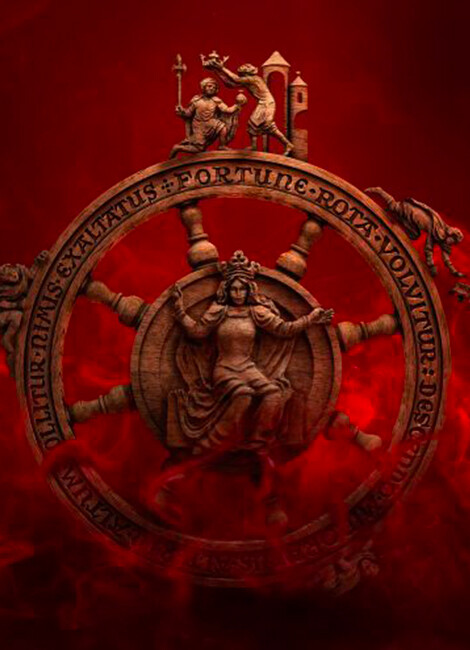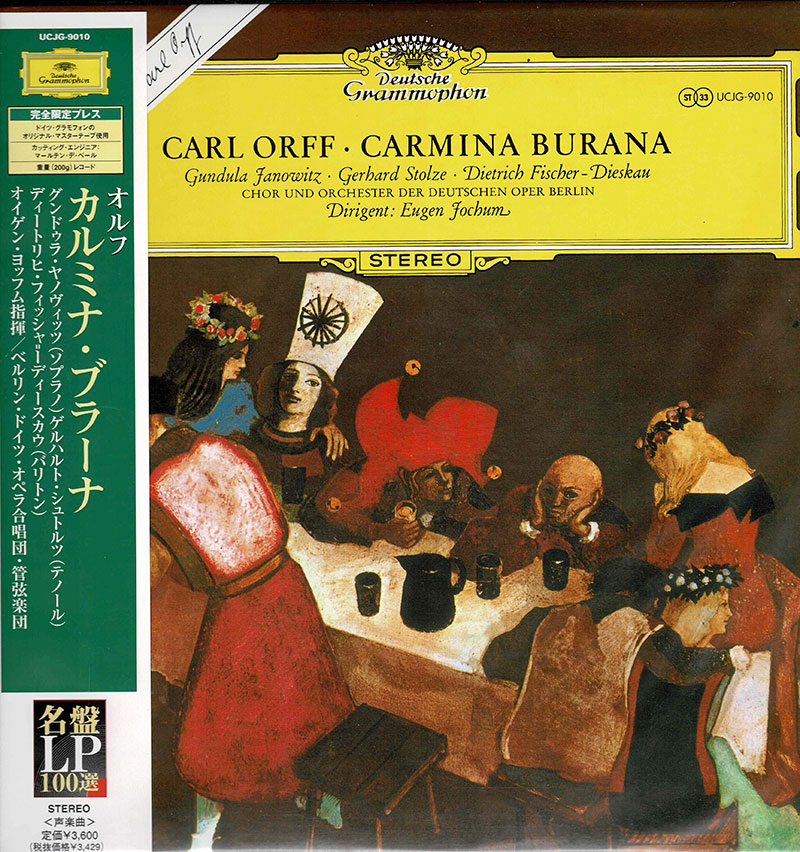

(2) Love songs and songs celebrating the return of spring (1) Moralistic and satirical poems, the former being concerned with the human condition and the world at large, the latter with abuses in the church The poems selected by the German composer Carl Orff form only a small part of the whole Carmina Burana (the name applied to a large collection of medieval poems which survive in a late medieval manuscript found in the early nineteenth century in southern Germany) These poems, which come to more than two hundred in number but are never of any great length, can be roughly classified as follows: This technique produces music of powerful pagan sensuality and direct physical excitement.” Polyphony, extended melodic writing and thematic development are rarely found, and instead, the most basic means are pressed into service to generate effects of wild abandon. The orchestra, (in this evening’s performance, Orff’s version for two pianos and percussion) is rich in percussion and uses block harmony to underline the highly accented choral rhythms. Like “The Wedding”, Carmina Burana (and other Orff works) give an important place to the chorus.

Grove’s dictionary states: “Orff’s musical and dramatic style arose directly from Stravinsky’s Oedipus Rex and in particular, “The Wedding” (Les Noces). He sought models of such a work in two cultural traditions: classical Greek tragedy and Italian Baroque musical theatre. Orff intended this aria for a lyric soprano, not a coloratura, so that the musical tensions would be more obvious.Ĭarl Orff’s principal aim evident in Carmina Burana has been a "total theatre" where music, words and movement (this piece is often choreographed) work together in producing an overwhelming effect. Also noted is the solo soprano aria "Dulcissime" which demands extremely high notes. The baritone arias often demand high notes not commonly found in baritone repertoire, and parts of the baritone aria "Dies nox et omnia" must be sung in falsetto: a unique example in baritone repertoire. Some of the solo arias pose bold challenges for singers: the only solo tenor aria "Olim lacus colueram" must be sung almost completely in falsetto to demonstrate the suffering of the character. These constant rhythmic changes combined with the caesura create a very "conversational" feel – so much so that the rhythmic complexities of the piece are often overlooked. While the rhythmic arc in a section is taken as a whole, a measure of five may be followed by one of seven, to one of four, and so on, often with caesura marked between them. Overall, it sounds rhythmically straightforward and simple, but the metre will change freely from one measure to the next.

Rhythm, for Orff as it was for Stravinsky, is often the primary musical element. His shimmering orchestration shows a deference to Stravinsky. It is a common misconception that Orff based the melodies of Carmina Burana on neumeatic melodies while many of the lyrics in the Burana Codex are enhanced with neumes, almost none of these melodies had been deciphered at the time of Orff's composition, and none of them had served Orff as a melodic model. Orff was influenced melodically by late Renaissance and early Baroque composers, including William Byrd and Claudio Monteverdi.

Orff's Carmina Burana contains little or no development in the classical sense, and polyphony is also conspicuously absent. The selection covers a wide range of topics, as familiar in the 13th century as they are today: the fickleness of fortune and wealth, the ephemeral nature of life, the joy of the return of Spring, and the pleasures and perils of drinking, gluttony, gambling and lust. It is based on 24 of the secular poems found in the medieval collection Carmina Burana organized into a libretto, mostly in Latin verse, with a small amount of Middle High German and Old Provençal. William Cutter, Director, presents the MIT Concert Choir, December 2, 2006, Kresge Auditorium, MIT.Ĭarmina Burana is a scenic cantata composed by Carl Orff in 19.


 0 kommentar(er)
0 kommentar(er)
